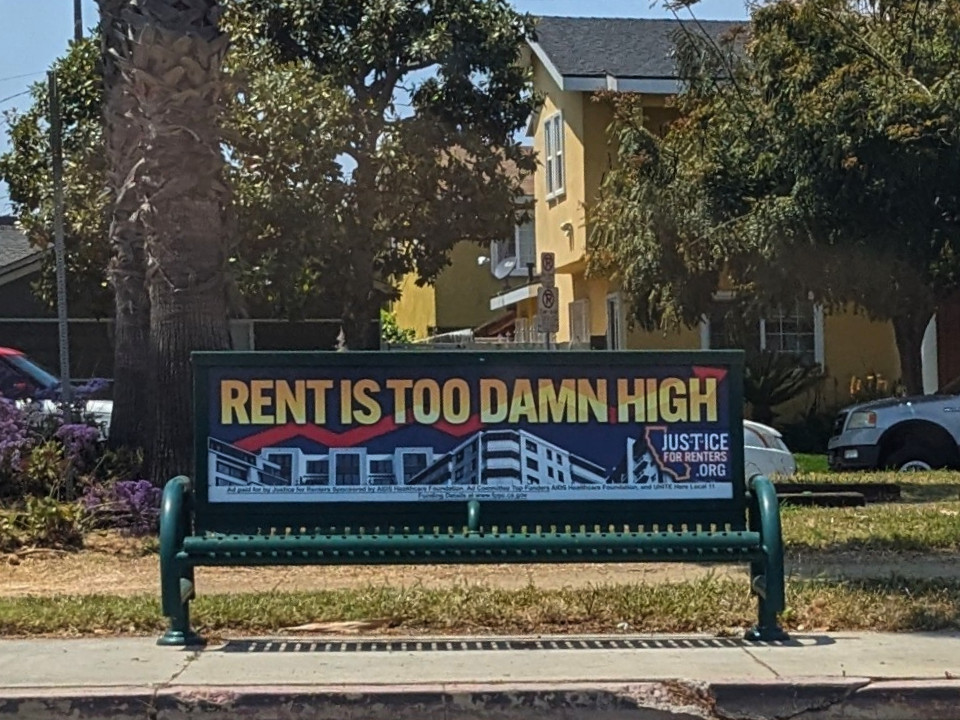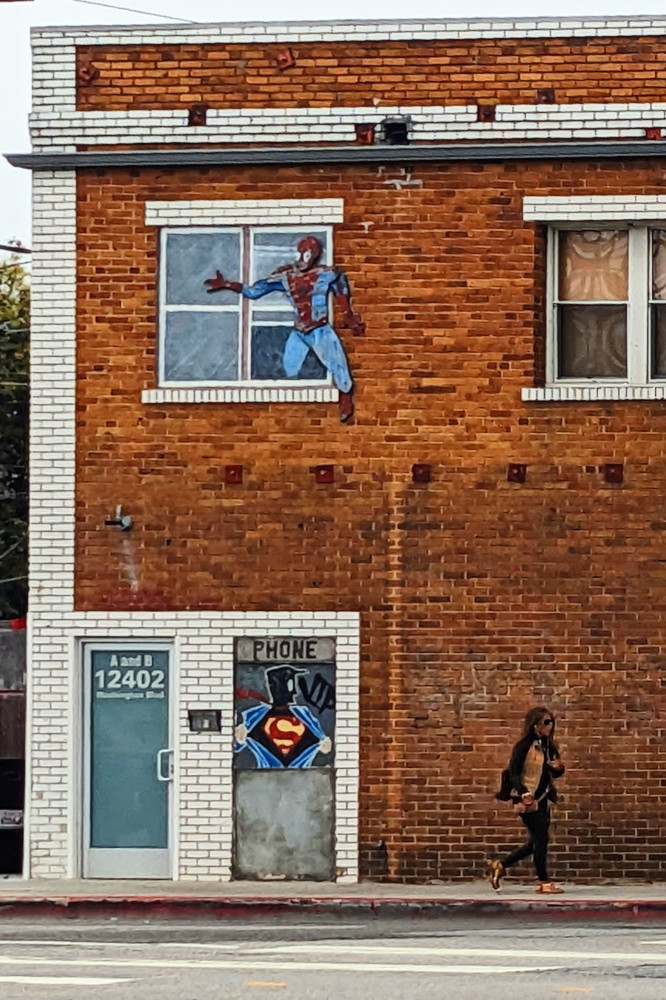A while back, I mentioned one of the exhibits I remembered from a childhood visit to the Los Angeles Museum of Science and Industry (now the California Science Center) in the 1980s:
…a multi-screen cartoon about energy sources and engine types called “The Water Engine.” (Each screen has a character talking up internal combustion, flywheels, mag-lev, electric, etc. I still quote the Peter Lorre-inspired fuel-cell scientist saying “And then…we burn the hydrogen!”)
At the end, the scientist tries repeatedly to ignite the hydrogen while everyone else watches nervously, then starts hiding behind obstacles or off-screen before the inevitable explosion bursts across all the screens. Then they all climb out of their hiding spots and agree that this would be really cool once the kinks are worked out, but it’s not there yet.
Brooke brought it up on Mastodon last month and I decided to go looking for it again. In 2017 there was nothing I found to show it even existed. In 2024 the only thing she could find at first was…my blog post from 2017. Which I’d forgotten writing. 🤦♂️ I kept looking, and found a brief note that it was later shown at EPCOT, with a link to a long-dead page that had been archived in 2002 containing some extremely tiny screenshots!

Adding EPCOT to my search eventually turned up an extremely sparse IMDB entry and…*drumroll please* someone’s home camcorder video of the whole presentation!
It does exist! It wasn’t a shared hallucination! The fuel cell scientist (who extracts the hydrogen from water, hence the title) does sound like Peter Lorre! He does indeed say the line that my family still quotes decades later! And it does indeed explode across the whole display!


 As it happens, I’m enough of a digital pack rat that I was able to find the older photo in less than 15 minutes! The photo itself didn’t reveal anything new, but I’d named the file “Dreamworld Comics.jpg,” which gave me somewhere to start.
As it happens, I’m enough of a digital pack rat that I was able to find the older photo in less than 15 minutes! The photo itself didn’t reveal anything new, but I’d named the file “Dreamworld Comics.jpg,” which gave me somewhere to start.